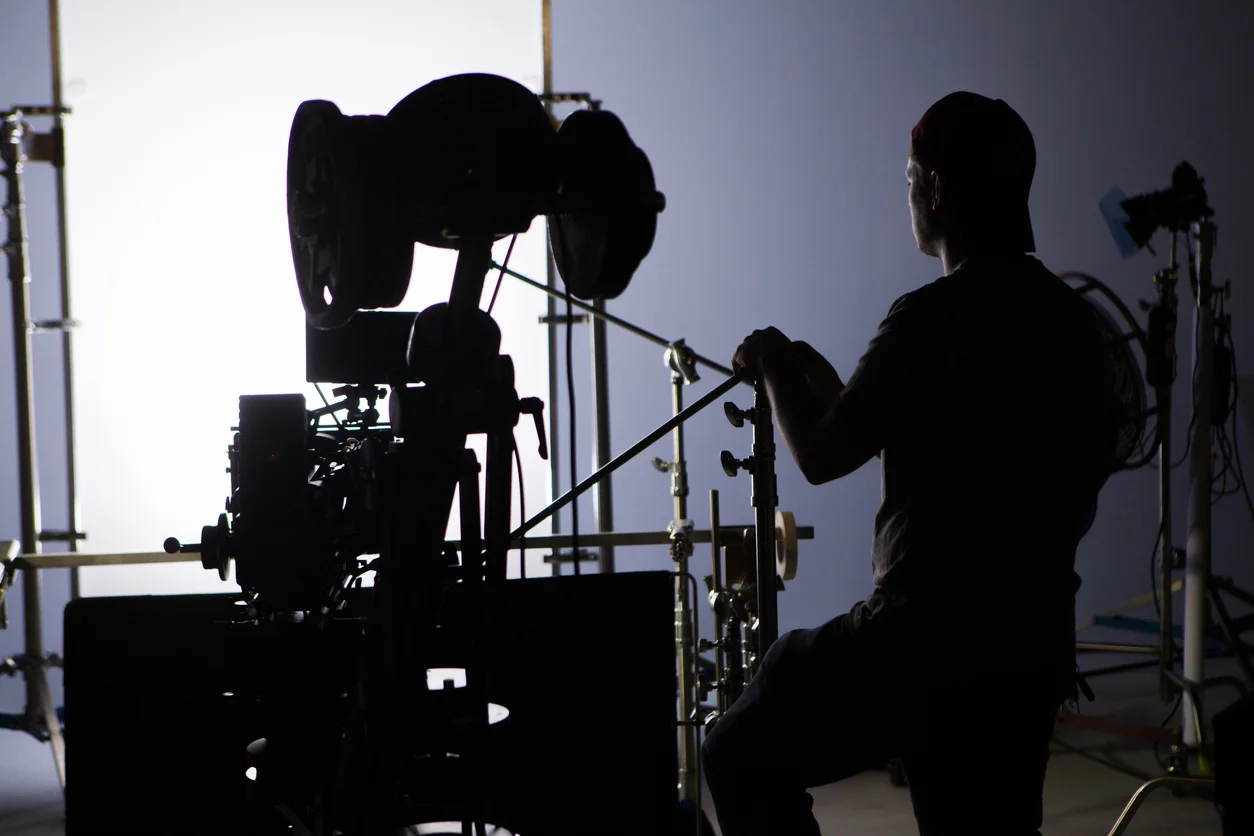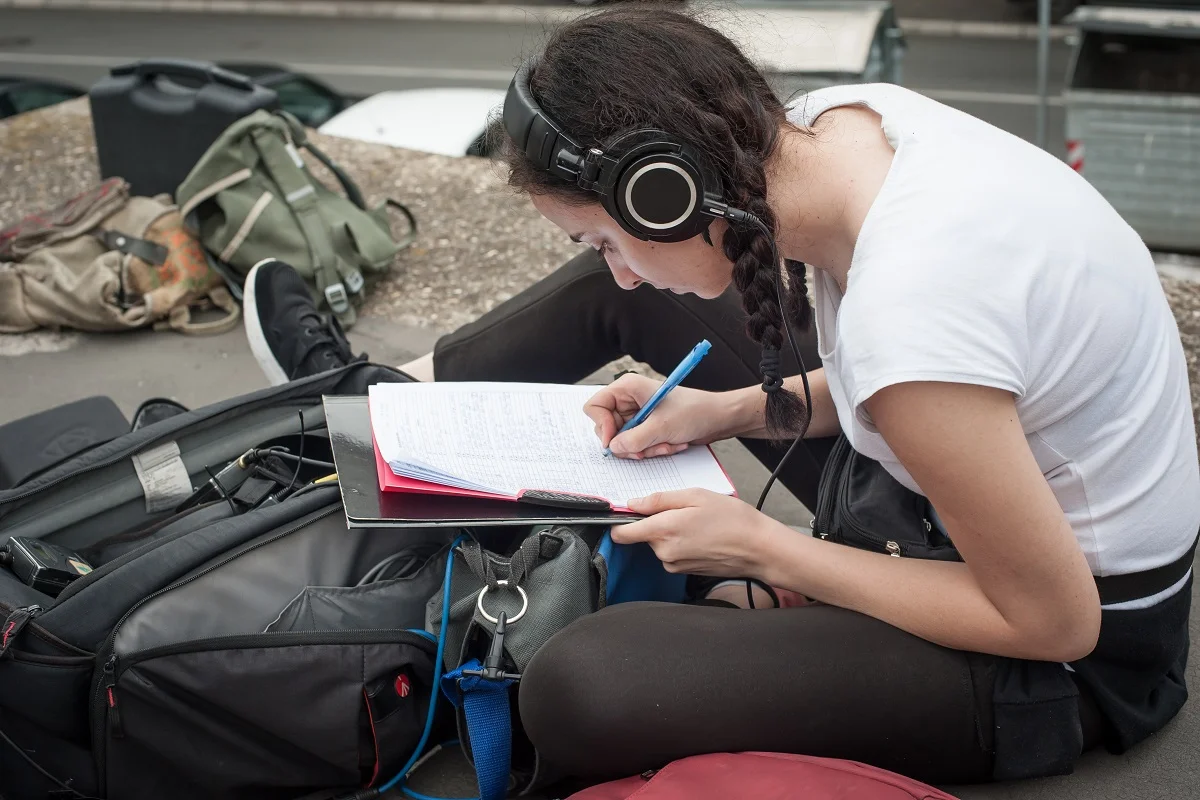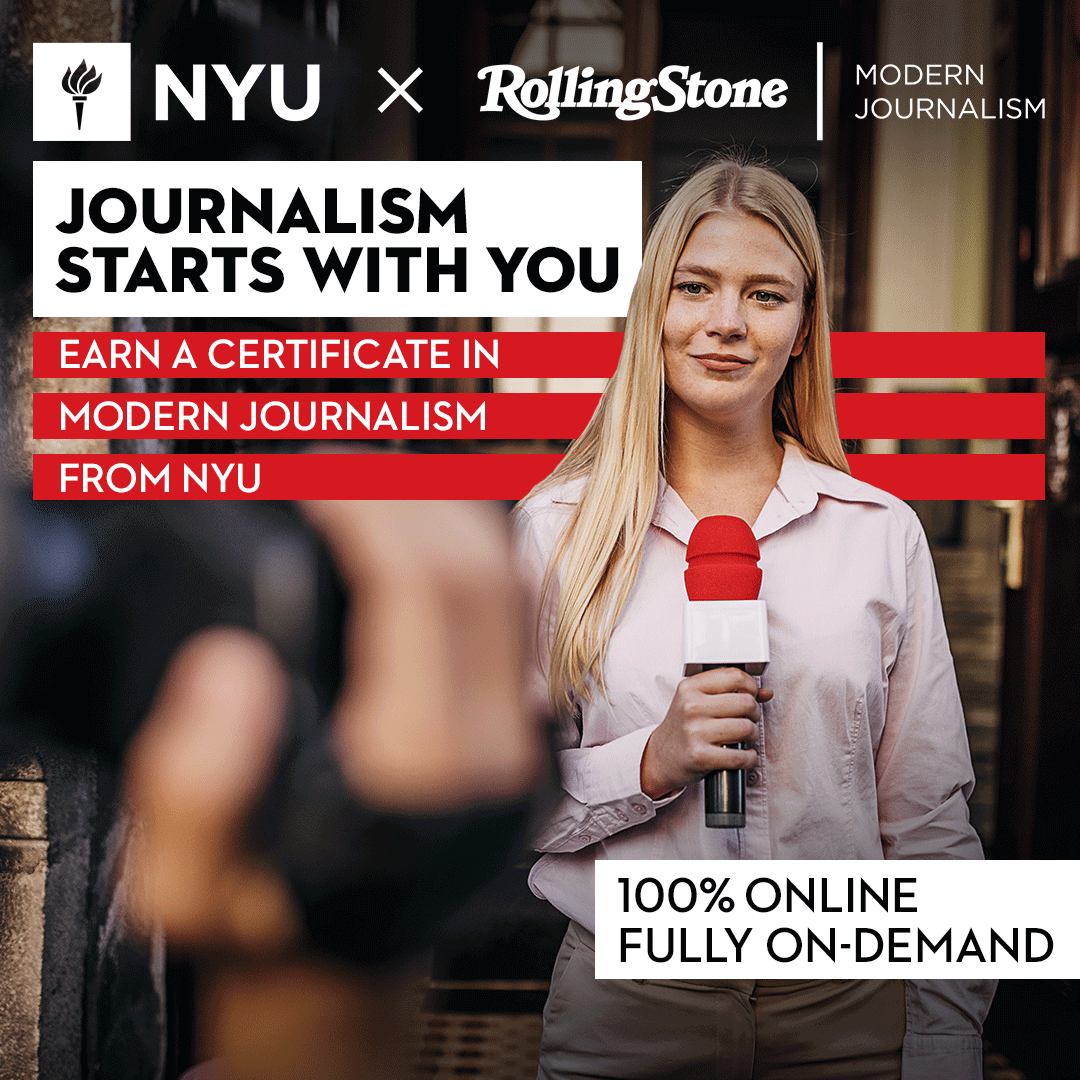Multimedia Journalism in the Digital Age
In today’s fast-paced digital age, multimedia journalism has emerged as a powerful tool for storytelling and news reporting. Gone are the days when journalists solely relied on pen and paper to capture stories. With the advent of technology, the field has evolved, embracing a wide range of multimedia elements such as photographs, videos, audio recordings, and interactive graphics to engage and inform audiences.
The Use of Media Formats
Multimedia journalism involves the use of various media formats to deliver news and information to the public. It combines traditional reporting techniques with modern technology, enabling journalists to present stories in a more compelling and interactive manner. By incorporating visuals, audio, and other multimedia elements, journalists can provide a richer and more immersive experience for their audience.
Advantages of Multimedia Journalism
One of the key advantages of multimedia journalism is its ability to capture attention and evoke emotions. In a world where information is constantly bombarding us from all angles, multimedia elements can help stories stand out from the crowd. A powerful image or a well-produced video can convey the essence of a story in a way that words alone cannot. This visual and auditory appeal can captivate audiences and make them more likely to engage with the content.
Skills Required for Multimedia Journalism
To excel in multimedia journalism, professionals need to possess a diverse set of skills. Firstly, a strong foundation in traditional journalism is essential. Journalists must have a solid understanding of ethical reporting, fact-checking, and storytelling techniques. Additionally, they need to be adept at using various multimedia tools and software to capture, edit, and produce high-quality content. Proficiency in photography, videography, audio recording, and graphic design is crucial. Moreover, journalists must also be skilled in digital editing and post-production techniques to ensure their multimedia projects are polished and professional.
Top Career Opportunities in Multimedia Journalism
In the ever-evolving landscape of online multimedia journalism, a diverse range of roles has emerged, reflecting the dynamic nature of digital storytelling. Here are ten key positions that contribute to the vibrant and engaging world of multimedia journalism:
- Multimedia Journalist/Reporter: These professionals work across different media platforms, producing news stories that incorporate various multimedia elements.
- Photojournalist: Photojournalists capture compelling images that tell a story and accompany news articles.
- Videographer: Videographers shoot and edit videos for news organizations, documentaries, and online platforms.
- Audio Journalist: Audio journalists produce podcasts, radio segments, and audio documentaries that engage listeners through sound.
- Multimedia Editor: These editors oversee the production process of multimedia content, ensuring that it meets the organization’s standards and objectives.
- Interactive Graphic Designer: Interactive graphic designers create visually captivating and interactive graphics that enhance news stories.
- Social Media Journalist: Social media journalists leverage various social media platforms to report news stories and engage with audiences.
- Data Journalist: Data journalists analyze and interpret complex data sets, transforming them into visually appealing and informative stories.
- News Producer: News producers oversee the creation and execution of multimedia news content, coordinating with journalists, editors, and other team members.
- Digital Content Strategist: These professionals develop and implement strategies to optimize the reach and impact of multimedia content across digital platforms.
Educational Opportunities
Aspiring multimedia journalists can acquire the necessary skills and knowledge through formal education or online courses. Institutions like New York University (NYU) offer programs in journalism, multimedia storytelling, and related fields. Online platforms like Yellowbrick provide specialized courses that focus on specific aspects of multimedia journalism, such as video production or data visualization.
Conclusion
Multimedia journalism has revolutionized the way news is presented and consumed. By harnessing the power of visuals, audio, and interactivity, journalists can captivate audiences and provide a more engaging news experience. With the right skills and a passion for storytelling, aspiring journalists can explore a variety of rewarding career paths in this dynamic field. So, if you’re interested in pursuing a career in journalism, consider delving into the world of multimedia journalism and unleashing its impact.
Key Takeaways
- Multimedia journalism combines various media formats to deliver news in a compelling and interactive manner.
- It captures attention and evokes emotions through visuals, audio, and other multimedia elements.
- Skills required include traditional journalism, proficiency in multimedia tools, and digital editing.
- Top career opportunities include multimedia journalist, photojournalist, videographer, and more.
Consider exploring the NYU | Modern Journalism online course and certificate program offered by Yellowbrick. This program can equip you with the skills needed to excel in multimedia journalism, including video production, data visualization, and more. By enrolling in this program, you can gain valuable insights and hands-on experience that will set you apart in the competitive world of journalism.








